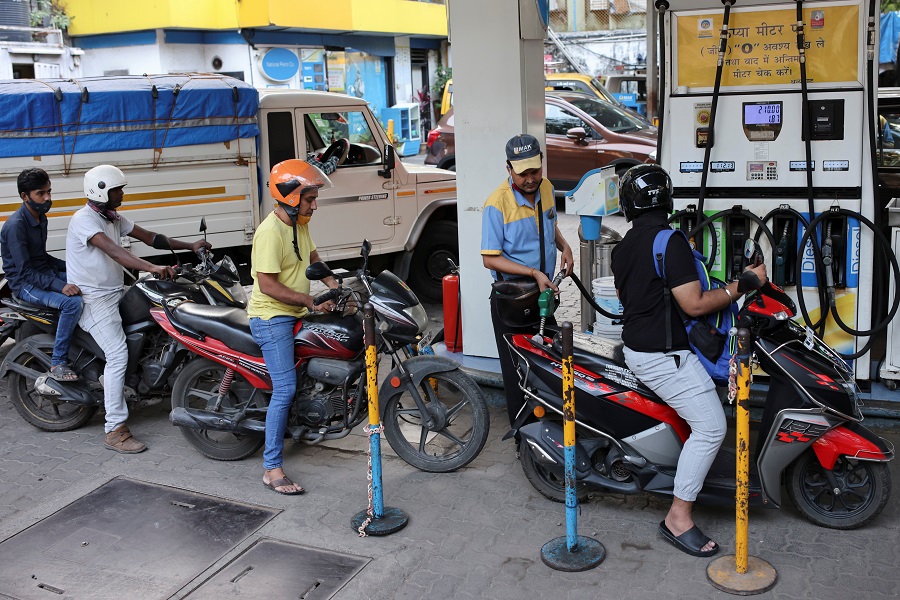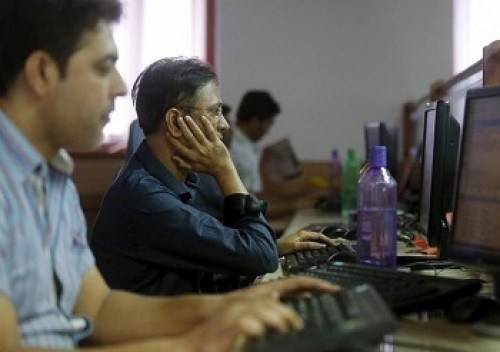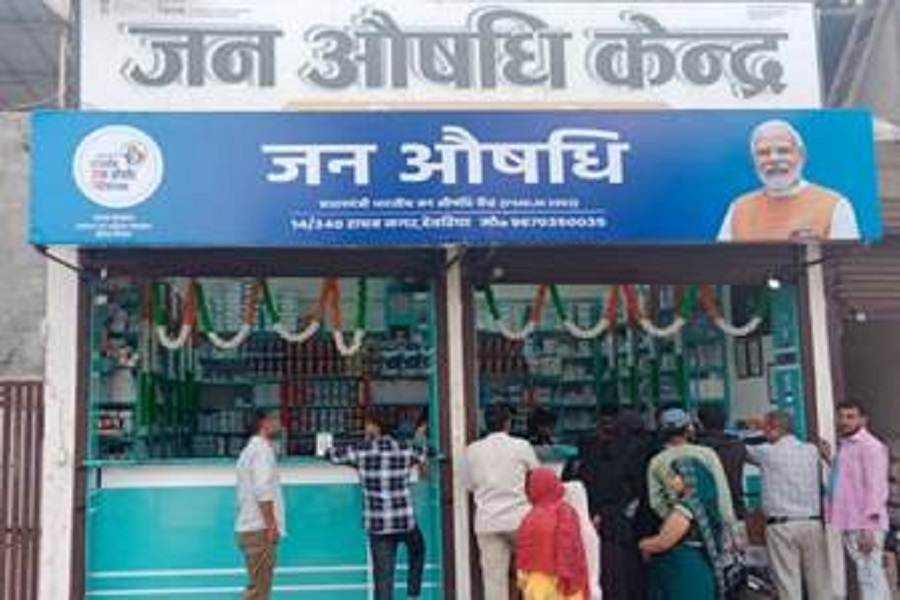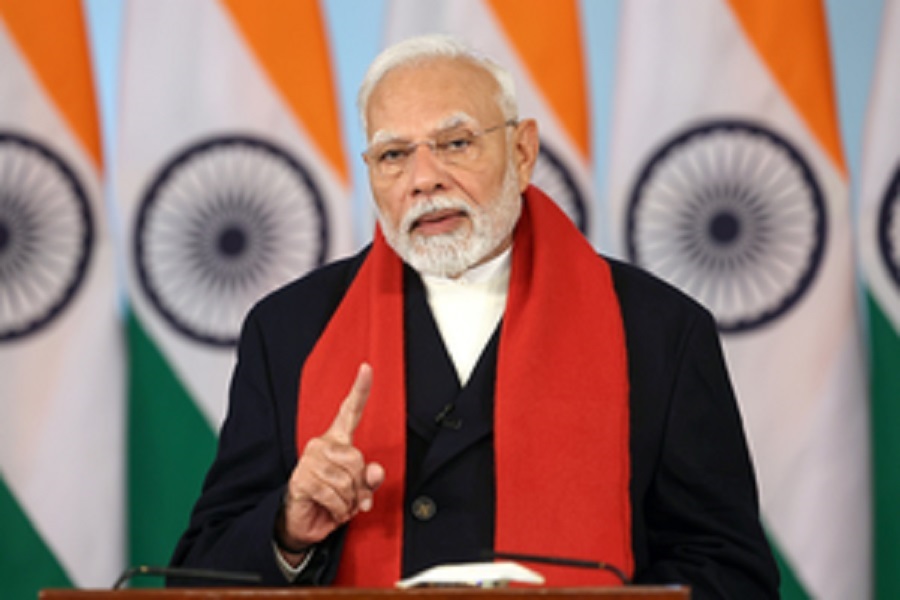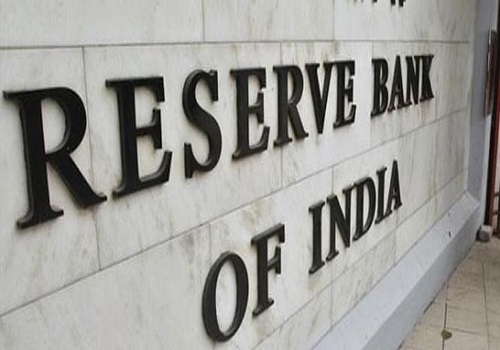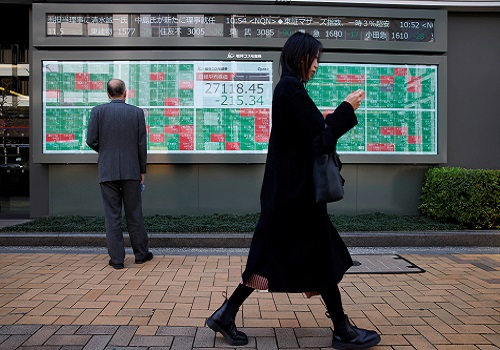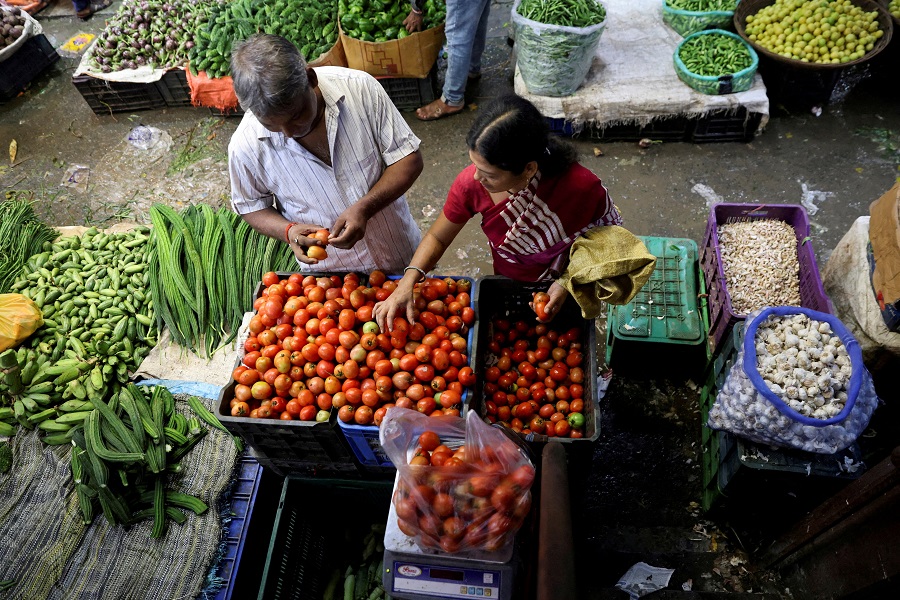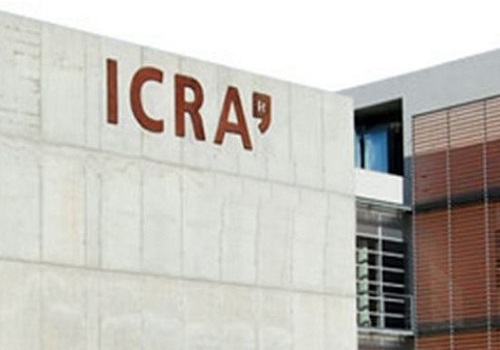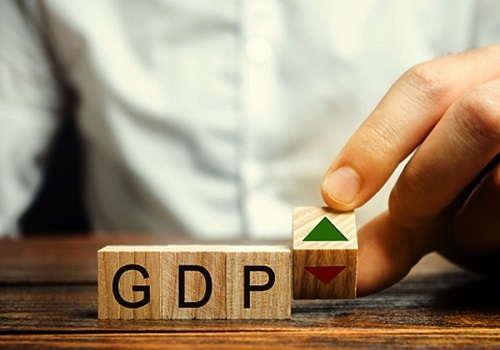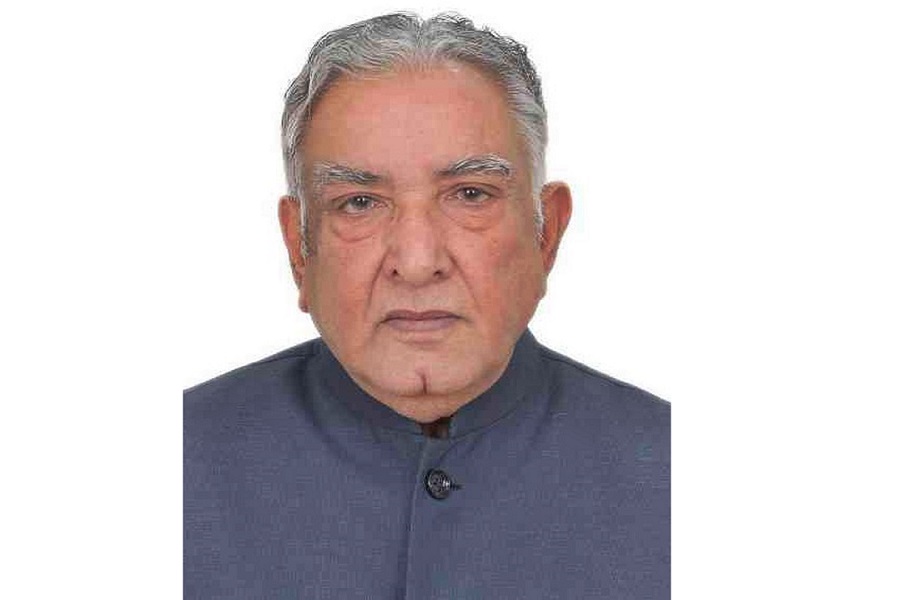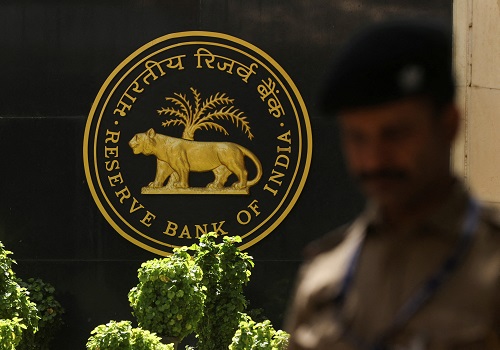Rural poverty declines significantly to 4.86% in FY24: SBI research

Follow us Now on Telegram ! Get daily 10 - 12 important updates on Business, Finance and Investment. Join our Telegram Channel
SBI research on consumption expenditure survey has stated that rural poverty has declined significantly to 4.86 per cent in the fiscal ending March 2024 from 25.7 per cent in 2011-12 mainly driven by government support programmes. Urban poverty too is estimated at 4.09 per cent, down from 13.7 per cent in 2011-12. The latest Household Consumption Expenditure Survey, released by the Ministry of Statistics & Programme Implementation, showed that consumption inequality in rural as well as urban areas declined during the August 2023-July 2024 period as compared to a year ago.
The research report said the sharp decline in rural poverty ratio is on account of higher consumption growth in lowest 0-5 per cent decile with significant government support and such support is important as we also find that change in food prices has a significant impact on not just food expenditures, but overall expenditure in general. It said enhanced physical infrastructure is scripting a new story in rural mobility and added that one of the reasons for the increasingly shrinking horizontal income gap between rural and urban and the vertical income gap within rural income classes.
It further said the difference between rural and urban monthly per capita consumption expenditure/ Monthly Per Capita Consumption Expenditure (MPCE) to rural MPCE is now at 69.7 per cent, a rapid decline from 88.2 per cent in 2009-10...mostly due to the initiatives the government has taken in terms of DBT transfers, building rural infrastructures, augmenting farmer’s income, (and) improving the rural livelihood significantly. The research estimates that food inflation dampens consumption demand more in lower-income states as compared to higher-income states, reflecting that rural people are comparatively more risk-averse in low-income states than in high-income states. Most of the high-income states delineate a savings rate greater than the national average (31 per cent).






